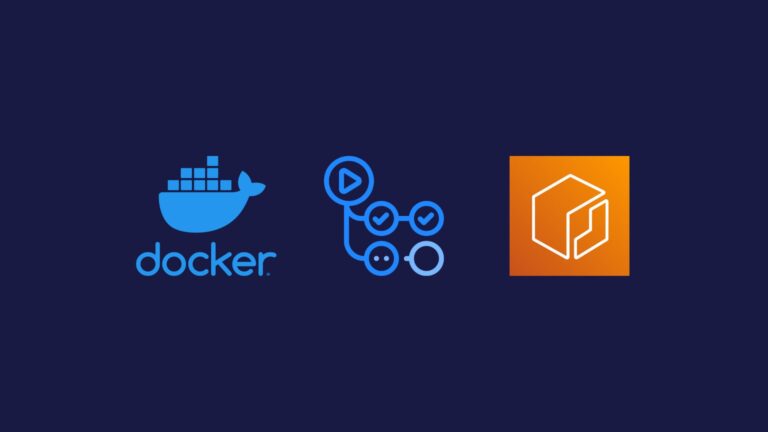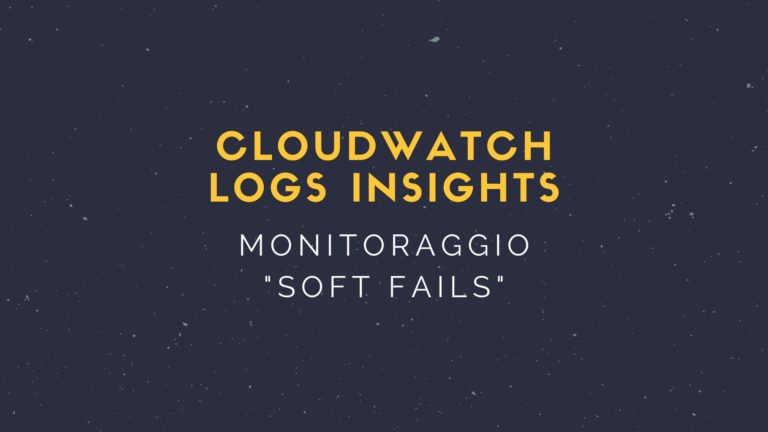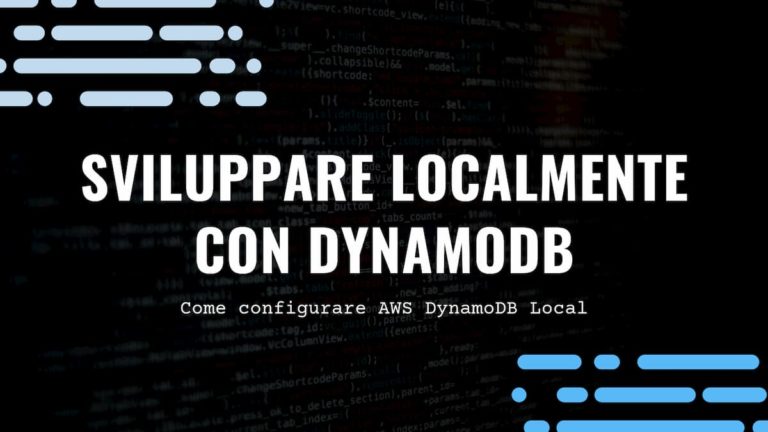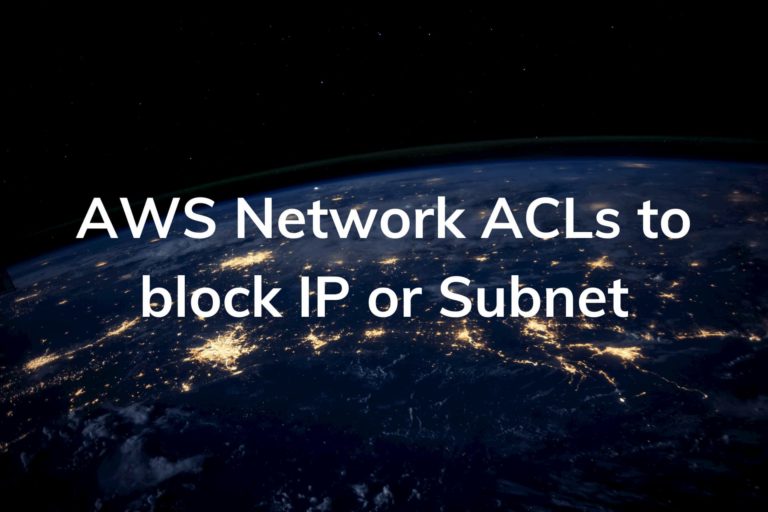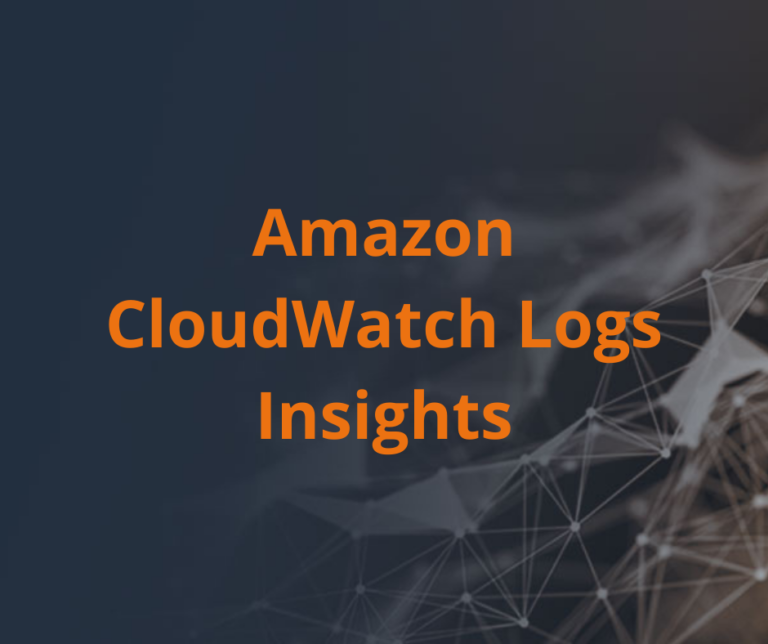Moving From EC2 to serverless with AWS CDK
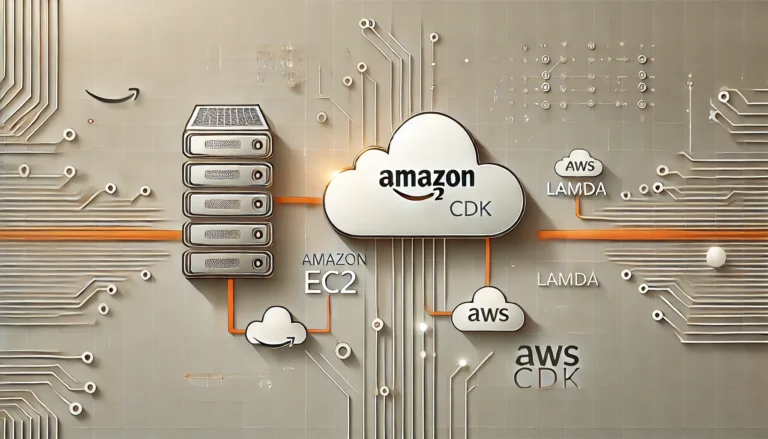
Managing complex infrastructures on the cloud can be troublesome as they tend to make use of many different resources and services. To ease the work of creating, deploying and maintaining these infrastructures we always want to use an IaC framework. AWS…

